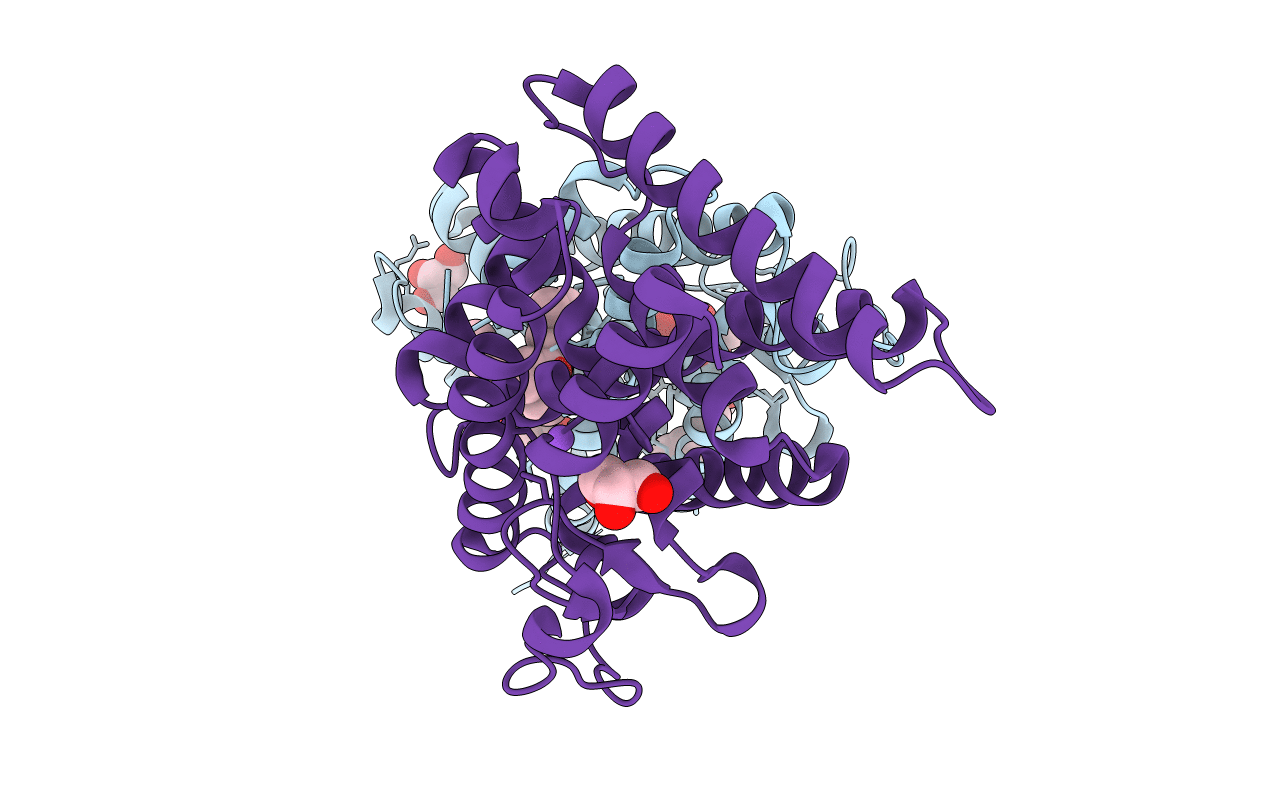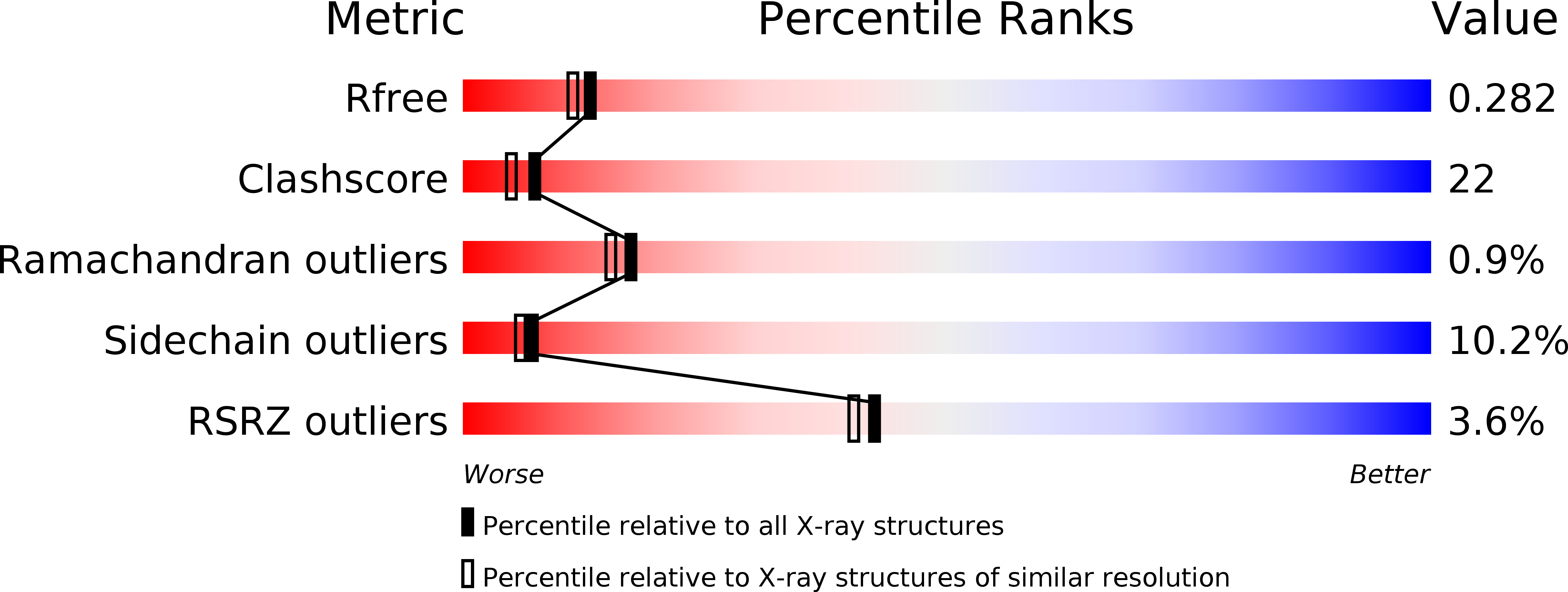
Deposition Date
2011-12-14
Release Date
2012-09-26
Last Version Date
2023-11-08
Entry Detail
PDB ID:
3V3Q
Keywords:
Title:
Crystal Structure of Human Nur77 Ligand-binding Domain in Complex with Ethyl 2-[2,3,4 trimethoxy-6(1-octanoyl)phenyl]acetate
Biological Source:
Source Organism:
Homo sapiens (Taxon ID: 9606)
Host Organism:
Method Details:
Experimental Method:
Resolution:
2.22 Å
R-Value Free:
0.28
R-Value Work:
0.20
R-Value Observed:
0.21
Space Group:
P 21 21 21


